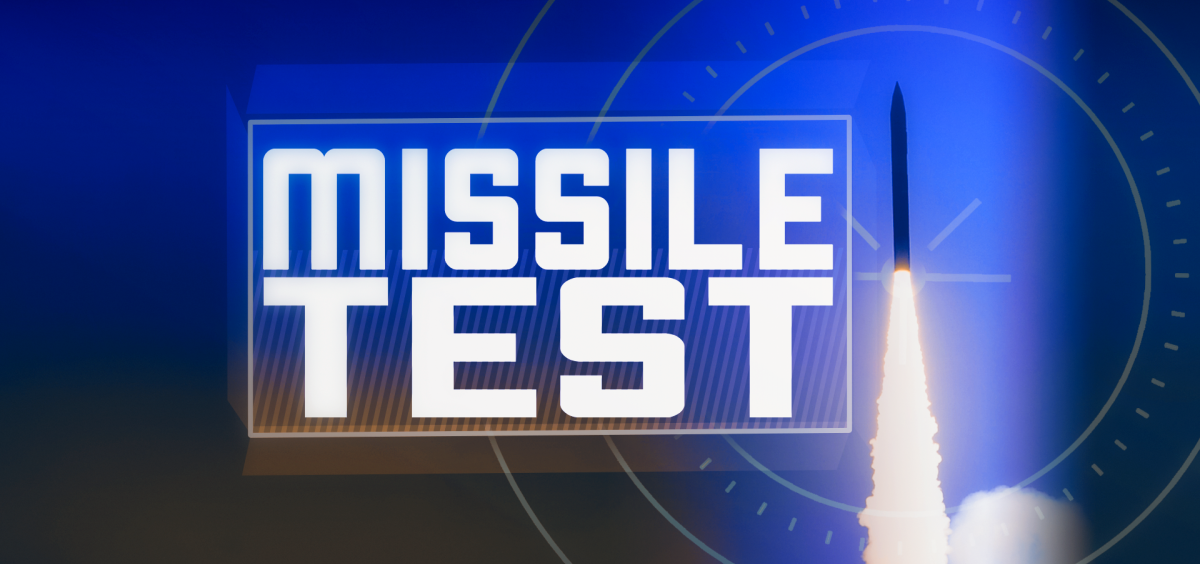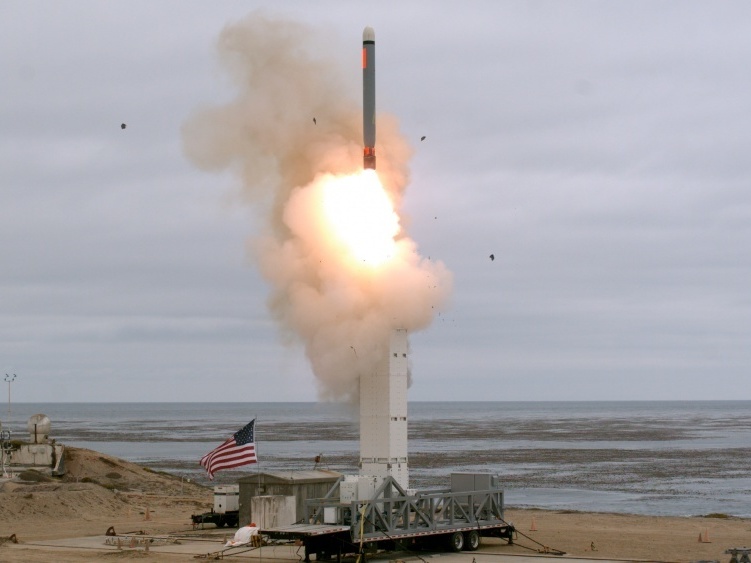News

U.S. Tests Missile With A Range Prohibited By Now-Abandoned Treaty
By: Scott Neuman | NPR
Posted on:
The Pentagon says it has tested a U.S. missile that exceeds limits set down by the Intermediate-Range Nuclear Forces Treaty, a Cold War agreement between Washington and Moscow that was officially scrapped less than three weeks ago.
In Sunday’s test off the coast of California, a modified Navy Tomahawk cruise missile flew more than 310 miles. It marks a first for the U.S. since the arms-control treaty signed by President Ronald Reagan and Soviet leader Mikhail Gorbachev in 1987.

The Pentagon’s announcement on Monday said the missile was fired from a ground mobile launcher on San Nicolas Island, Calif., and “accurately impacted its target after more than 500 kilometers of flight.”
Hinting that the test was likely the beginning of a program to build additional weapons once barred by the treaty, it added: “Data collected and lessons learned from this test will inform [the Department of Defense’s] development of future intermediate-range capabilities.”
The U.S. move comes weeks after Russia’s disastrous test of what is believed to have been a 9M730 Burevestnick, known to NATO as the SSC-X-9 Skyfall – a type of cruise missile powered by a small nuclear reactor to give it almost unlimited range.
The missile apparently exploded during testing at a site along the White Sea in Russia’s Arctic northwest, killing at least five scientists and causing a local spike in radiation levels. Moscow has been secretive about the exact circumstances and the death toll.
The sudden push by both sides to test new missiles has revived fears of a Cold War-style arms race — a contest that the INF Treaty helped dampen.
However, speaking to reporters earlier this month, Defense Secretary Mark Esper sought to allay those concerns. “I don’t see an arms race happening here,” he told reporters on the day Washington and Moscow withdrew from the treaty. “Russia has been racing, if anybody, to develop these systems in violation of the treaty, not us.”
In 2017, U.S. officials said Russia in 2016 had tested another type of cruise missile, the Novator 9M729, with a then-prohibited range.
Last year, the U.S. Army said it was looking into extending the range of its PrSM, or Precision Strike Missile, which is currently under development, to a range beyond the INF Treaty limitations.
The treaty’s abandonment also opens the door for both sides to build longer-range rocket-boosted artillery shells and ground-launched hypersonic missiles, according to Defense One.
9(MDI4ODU1ODA1MDE0ODA3MTMyMDY2MTJiNQ000))

